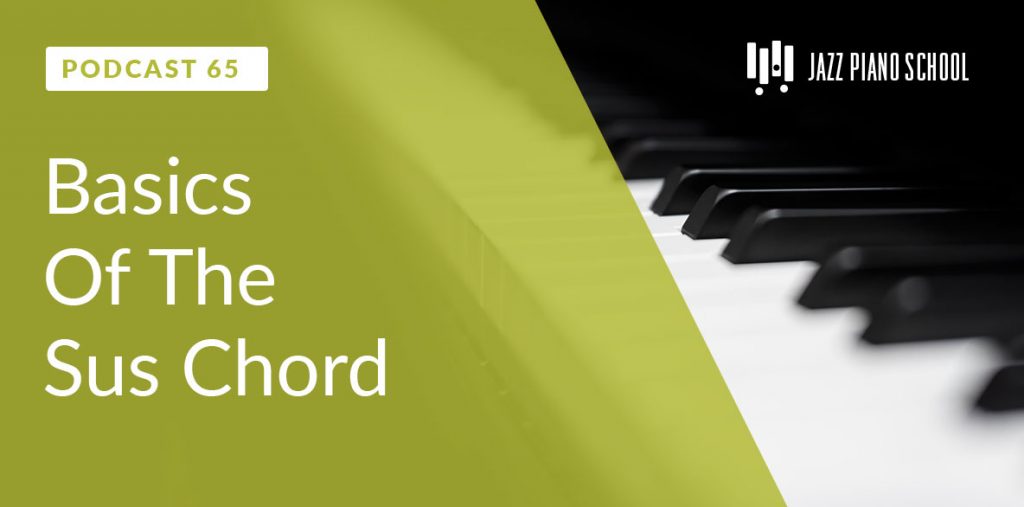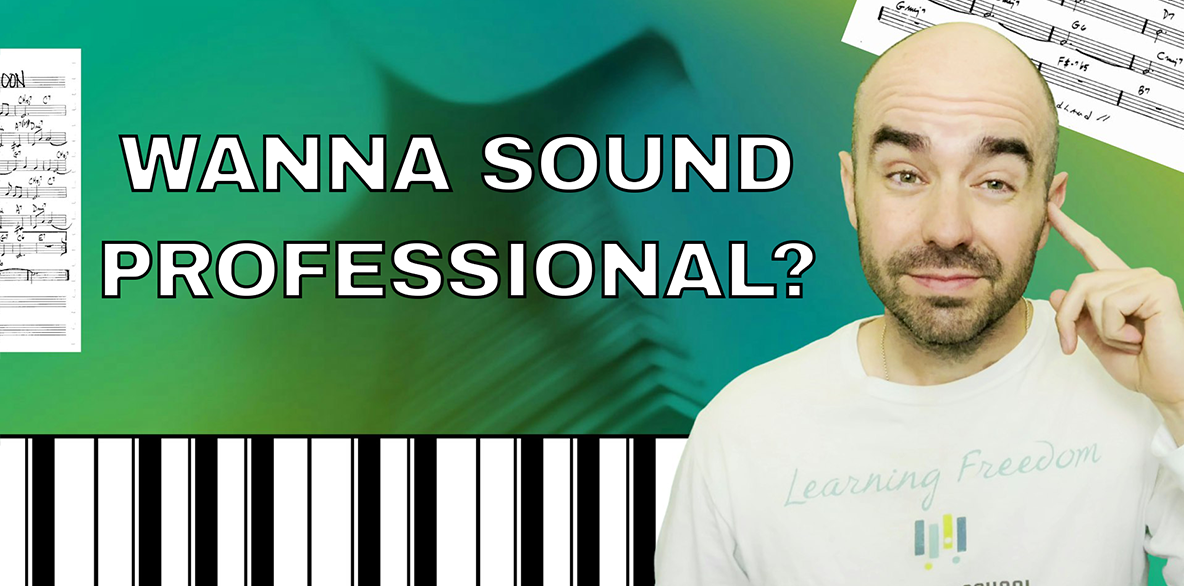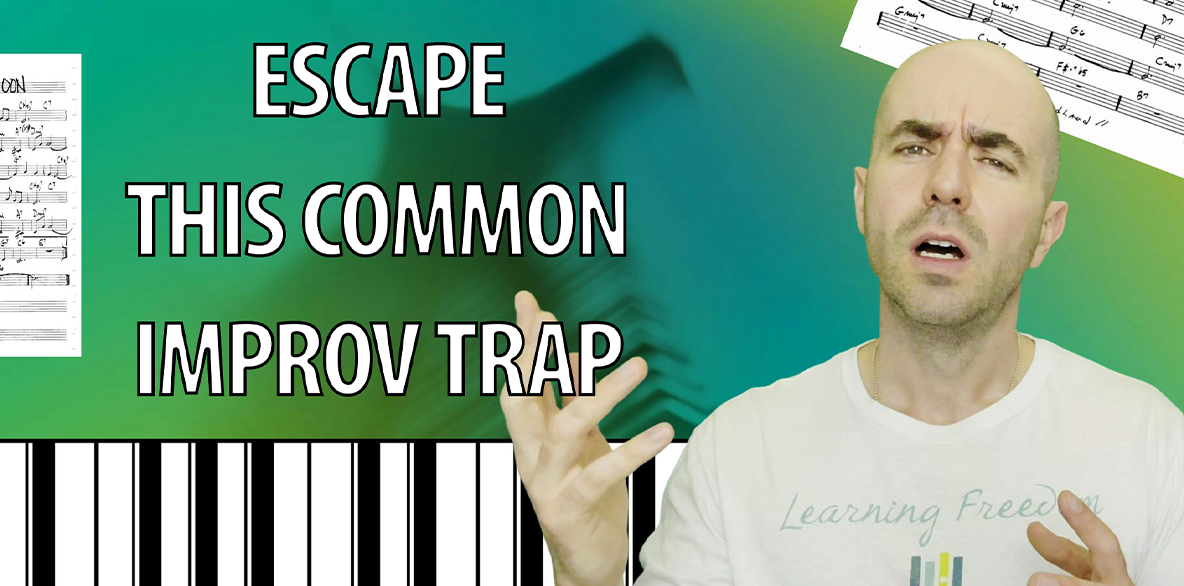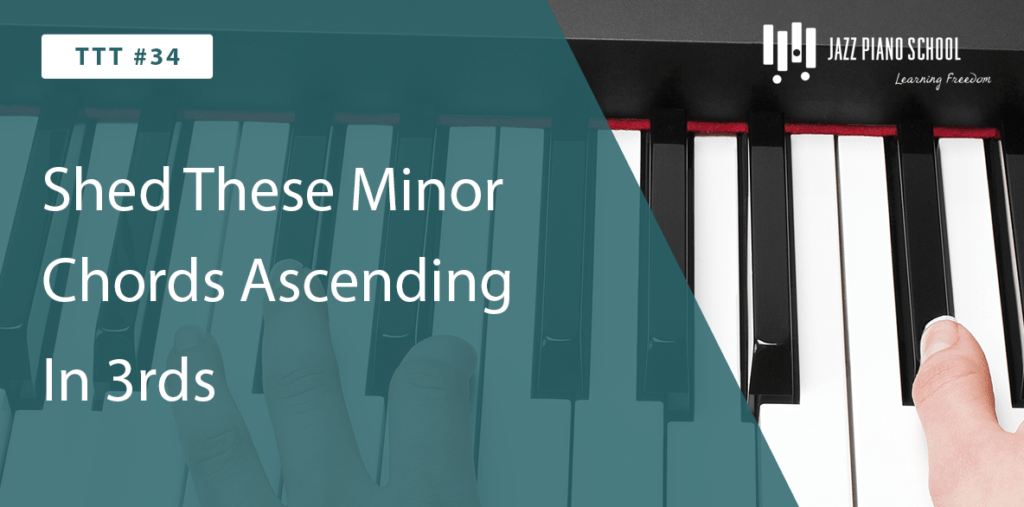- Download:
- MP3 Audio37 MB
The Sus chord is a very, very important chord in jazz. It can be used for many purposes and can advance your playing drastically!
In this episode, I go over what a sus chord is and show you how it can be used effectively in different situations. Enjoy!
If you have questions or suggestions for a podcast lesson you would like us to do, please leave them in the comments down below.
If you enjoyed this episode…
Please share it!
All you have to do is click on one of the social media buttons at the top of this page.
Also, if you enjoy all the free jazz piano education we release on a weekly basis you can show your support by giving the podcast a 5 star rating in itunes.
Click Here To Give 5 Star Review In Itunes!
Once you get to itunes simple click on the 5 stars to the left to give a rating.
We appreciate your support!















11 Responses
Sus doesn’t stand for sustain. It is short for suspention. In Baroque music the 4th was staged. then the harmony would move to the V with the exception of the 4th which would be “suspended” and then after that the 4th would resolve to the 3rd as you explained. The gm7 over C example that you provided or Bb Maj 7th over C are examples of modern sus chords which are played without concern for staging the 4th as in the traditional sus 4.
The voice and piano sounds good. Your playing is nice. In your piano examples, occasionally some notes were not sounding as you were playing. Their might have been light clicks. It didn’t happen a lot so you would probably have to listen to a lot of your podcast to find examples.
I heard your voice nice and clear but the piano i did not hear through your sound source!! Retest and post again please?
Yep. No piano
Yep. No piano
Awesome insights about sus chords and their applications.
Thank you very much. BFP
I think maybe you meant to say suspended, not sustained. Common slip of the tongue there.
Norm is correct. Sus stands for suspension, coming from classical theory.
Your audio sound occasionally faded. But the mic is very good.
Thank-you. I really enjoyed your approach.
Thanks for all the help everyone! Yes SUSPENDED, not sustained! haha, all that new equipment had me flustered. We also fixed the piano problem in the audio. That was an editing error on our part. The gaps in audio had to do with me adjusting the gain during the recording and my macbook going into the screen saver. I’ll make sure to NOT to do those things next.
But besides all that, hope you enjoyed the content!
Best,
A splendid presentation of the Sus chord in its inversions and resolutions. Can’t wait for the next podcast: using the Sus chords to engender improvisations.
Appreciatively,
BFP
Hi Brenden,
Great material and presentation. I’m wondering if JPS is still active?
Thanks,
Judy
Hi Judy, not sure what you mean by active but yes we publish new free content weekly. We also are growing our courses and membership.